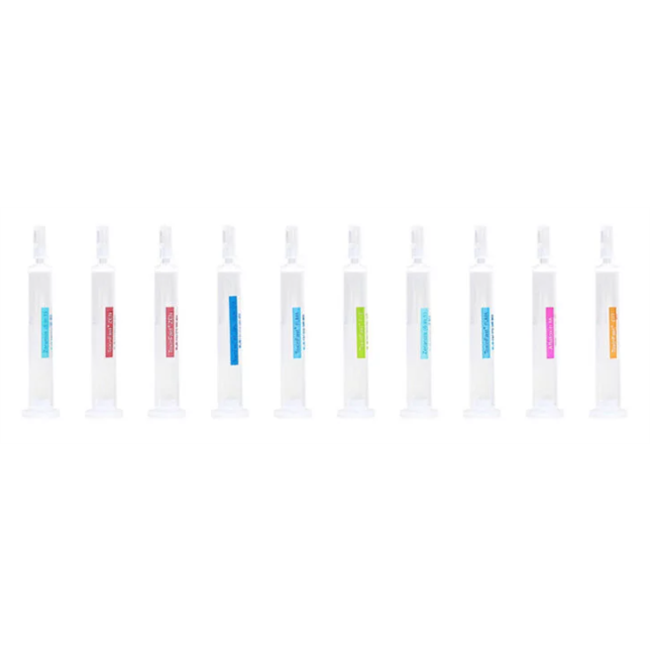
The immunoaffinity column can
selectively adsorb aflatoxin B1 from the sample solution, thereby purifying the
sample. The purified sample solution can then be directly used for HPLC or
LC-MS/MS analysis.
Immunoaffinity columns can be
used in combination with HPLC or LC-MS/MS to achieve rapid testing, and to
increase signal-to-noise ratio and improve the accuracy of the detection
method.
Aflatoxins are toxic
metabolites of a class of fungi (such as Aspergillus flavus and Aspergillus
parasiticus). They are highly carcinogenic and are found mainly in grains,
peanuts, nuts, cottonseeds, animal feed, vegetable oils, as well as animal
tissues and blood. Among them, Aflatoxin B1 (AFT B1) ranks first in terms of
toxicity, carcinogenicity and frequency of contamination.
The basis of the measurement
is the antigen-antibody reaction. Antibodies are connected to the column and
the aflatoxin in the sample is extracted, filtered, and diluted, and then
passed slowly through the aflatoxin immunoaffinity column. The toxins bind to
the antibodies in the column and the immunoaffinity column is then washed to
remove other unrelated substances that have not been bound. Aflatoxin is then
eluted with methanol and injected into an analytical instrument for detection.
Specifications:
|
Sample
Type |
Corn, wheat,
nuts, corn oil, sunflower seed oil, feed, flour, wheat flour, chili, pepper,
soybean paste, sesame oil and other vegetable oils, straw, peanuts, Chinese
medicine (19 types), black tea, green tea, oolong tea, and Pu’er tea. |
|
Packaging |
25 Tests/Kit
(Also available as 50T – call for pricing) |
|
Storage |
The storage
temperature is 2-8°C |
|
Shelf life |
The validity
for this kit is 18 months |